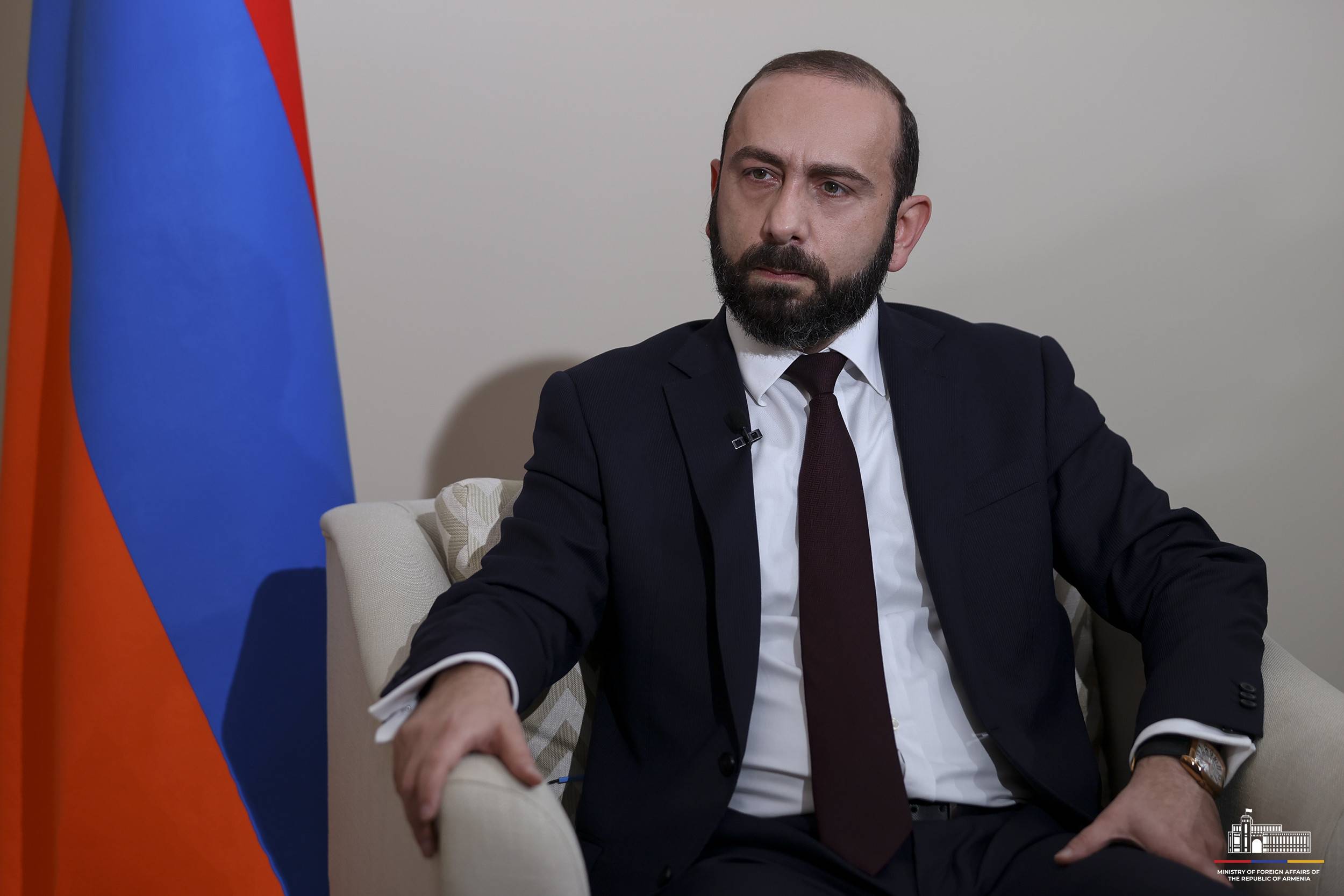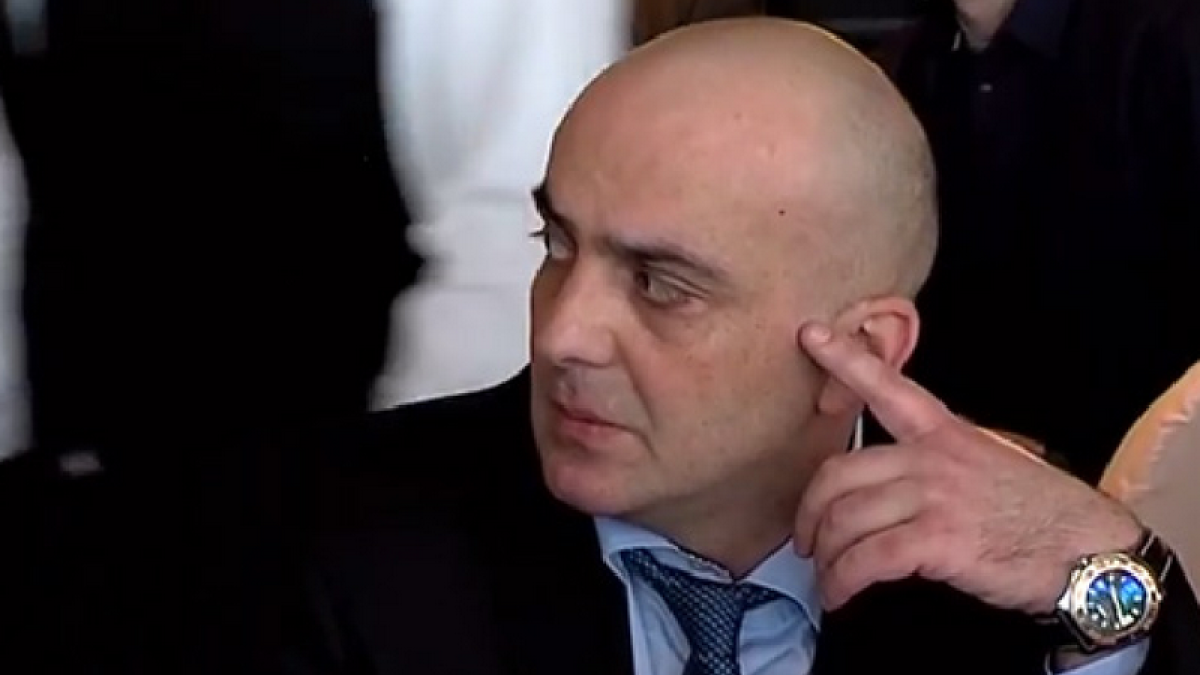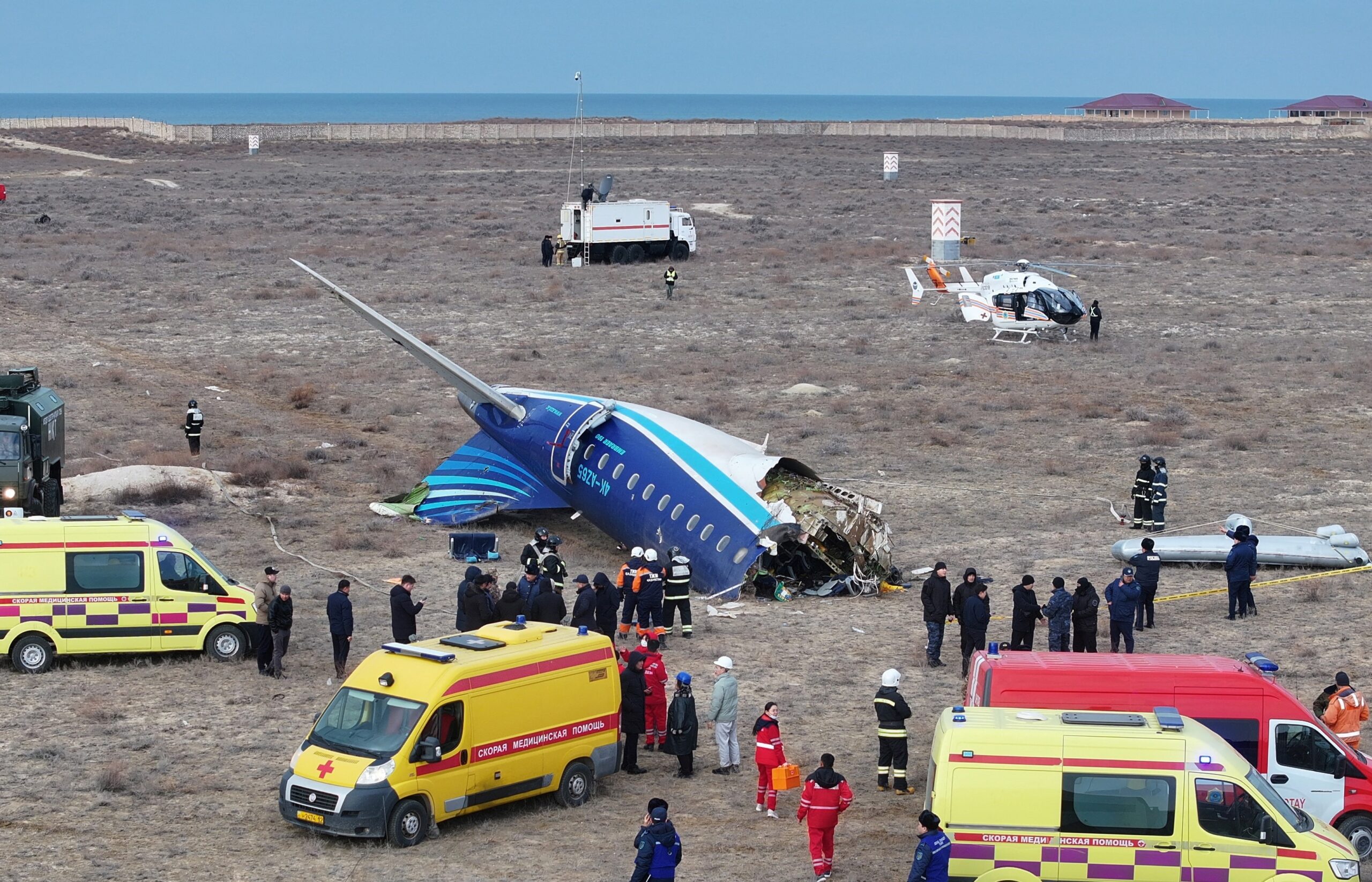Russian drones shot down over Poland – Crisis Group on why it matters for Europe
Poland shoots down Russian drones
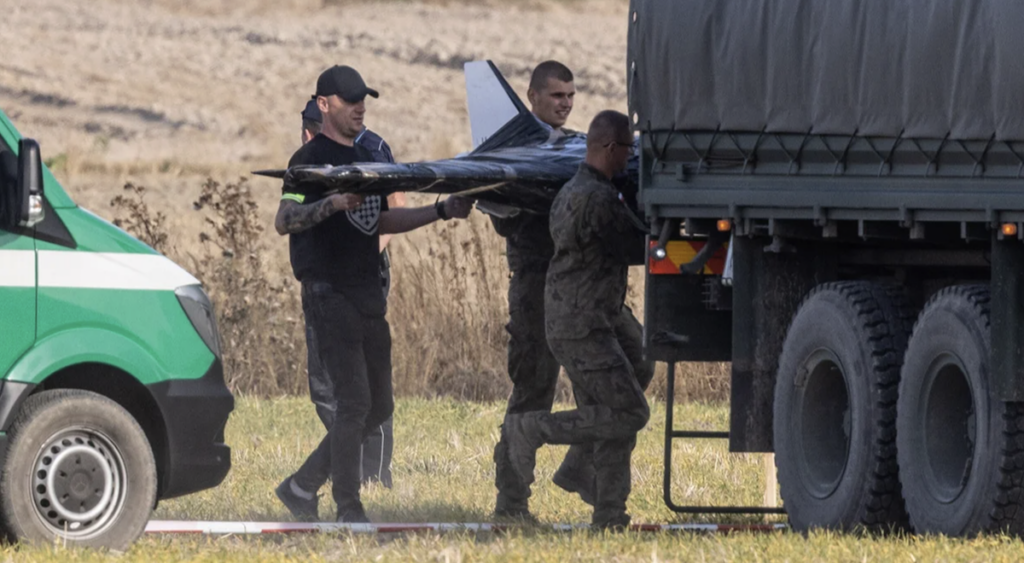
The incident with Russian drones entering Polish airspace has become the biggest test of Russia-NATO relations in recent years.
On 10 September, drone debris fell on homes and infrastructure in eastern Poland. Warsaw called it a deliberate attack, while Moscow insisted it was an accident. For the first time since the start of the war in Ukraine, NATO invoked Article 4 of its founding treaty and convened an emergency meeting of its Security Council.
What does this mean for Europe’s security, and could such an episode spark a “big war”? JAMnews partner Novaya Gazeta Europe discussed this with Olga Oliker, director of the Europe and Central Asia programme at the International Crisis Group, a security expert on Russia and the post-Soviet space. Below is a summary of her remarks.
“The accident version is unlikely”
According to Oliker, this is not the first time Russian drones have appeared in NATO airspace. What makes this incident different is that Poland’s air defences shot them down — creating a new precedent.

“The accident version is unlikely, although the proximity of the border makes it a possible interpretation. Most often it is either reconnaissance or a test of defences,” Oliker said.
“Many analysts believe Russia is testing the response: if drones can fly without consequences, then others could follow.”
A test of borders or a real attack?
Experts point to several possible scenarios:
- Reconnaissance – monitoring logistics of supplies to Ukraine.
- Testing air defences – sending dummy drones with no payload to observe the reaction.
- Intimidation – signalling to Poland and its allies that support for Ukraine could have consequences.
However, as Oliker noted: “If Russia were truly targeting NATO facilities, that would mean confidence there would be no response. The Kremlin is unlikely to take such a risk today.”
Why NATO’s response looks restrained
Despite tough statements, the alliance limited itself to consultations under Article 4 of its founding treaty. Oliker sees this as the right approach:
“There is no evidence this was a deliberate attack. It makes sense to shoot down drones and carry on with life.
That sends a signal: incursions into NATO airspace will be neutralised, but without immediate escalation.”
Russia has publicly denied involvement but said it was ready to take part in the investigation. Belarus quickly claimed it had warned Poland about the drones and even shot some down itself — effectively legitimising Poland’s actions.
A change of rules
The key consequence is not the incursion itself but the fact that the drones were shot down for the first time.
“In the past, Russian drones also entered NATO airspace, but they weren’t destroyed. Now a precedent has been set. Russia hasn’t responded because it knows the drones were there illegally,” the expert said.
“This lowers the risk of escalation rather than raising it.”
What’s next
The incident coincided with the start of large-scale military exercises in the region and has once again raised questions: how independent is Belarus from Moscow, and is Minsk ready for closer ties with the West?
Meanwhile, concern is growing in Warsaw and the Baltic states over declining US attention to the war in Ukraine. Poland and its neighbours increasingly see stronger support for Kyiv as part of their own security.
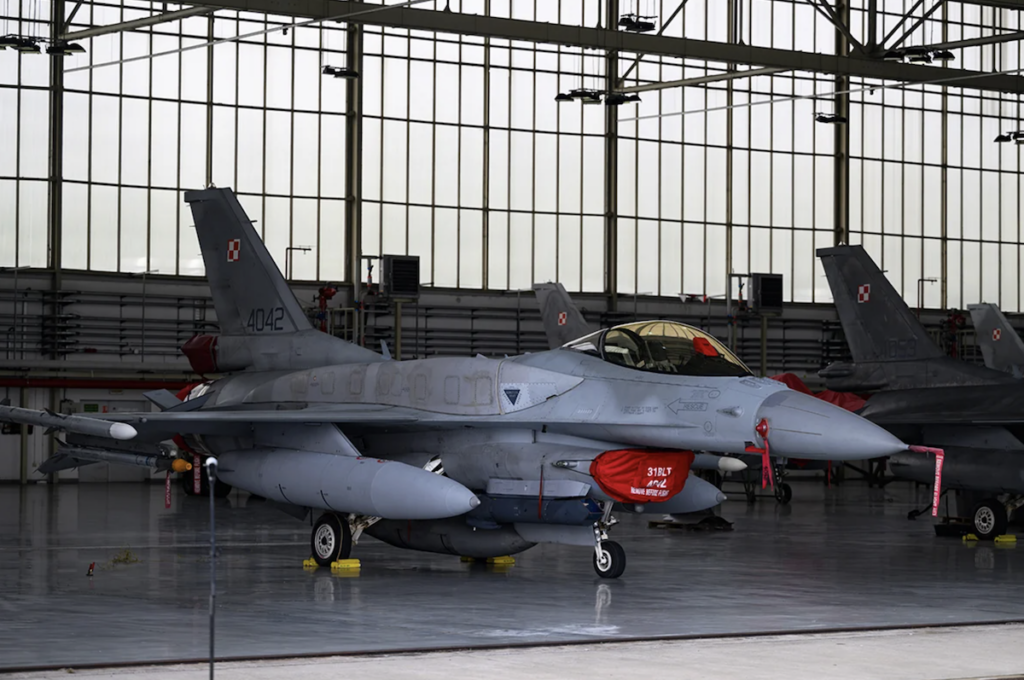
Meanwhile, a question is being asked more often in Europe: if a stray or deliberate drone can trigger an emergency NATO meeting, what would be the “red line” for a real military response?
The expert argues that the downed drones showed NATO is ready to defend its airspace, but is still avoiding steps that could spark a “big war.” Russia continues to push the limits, while Europe tries to balance determination with restraint.












